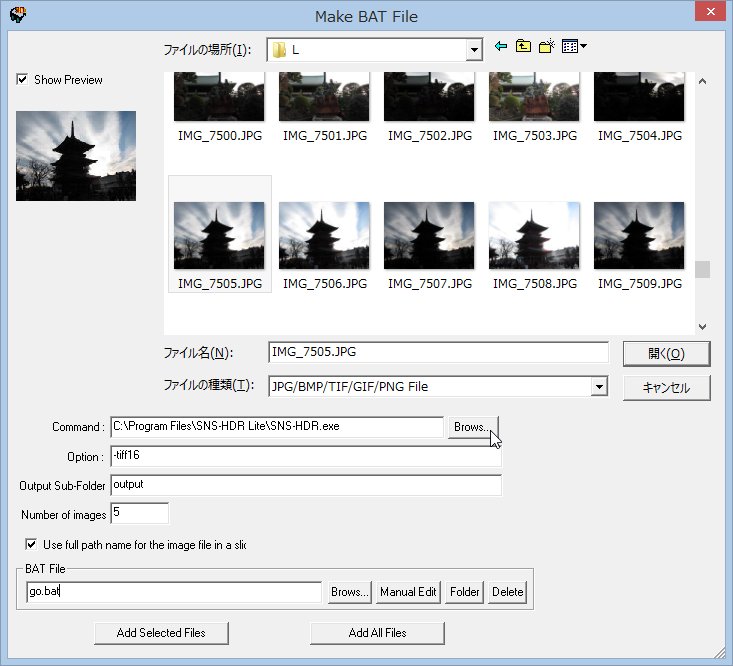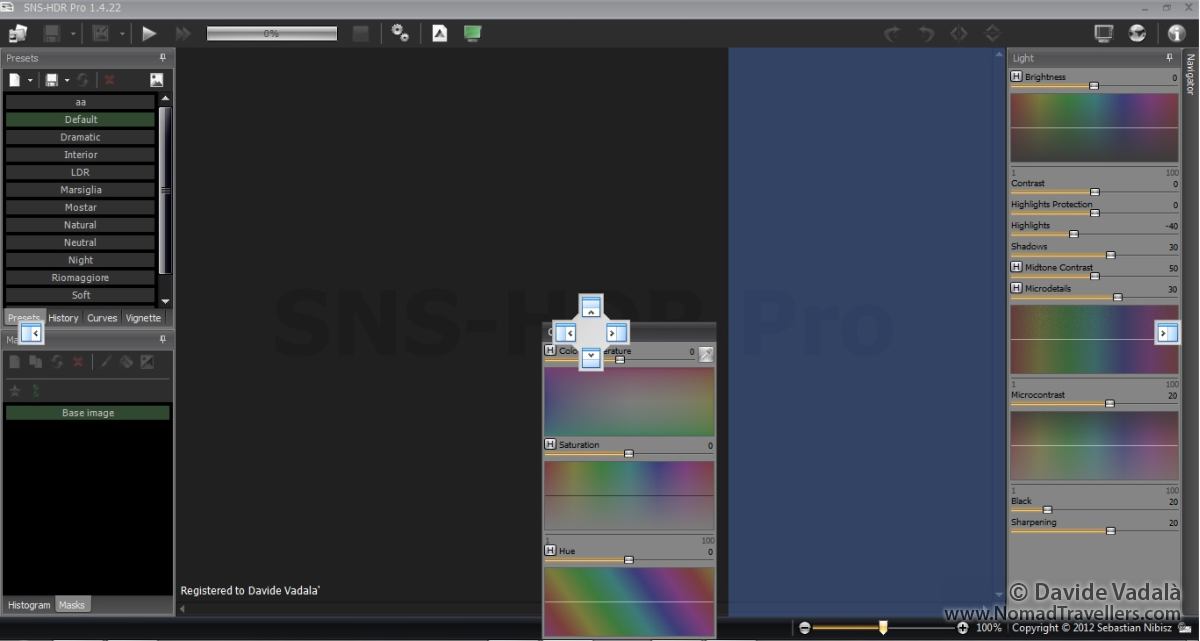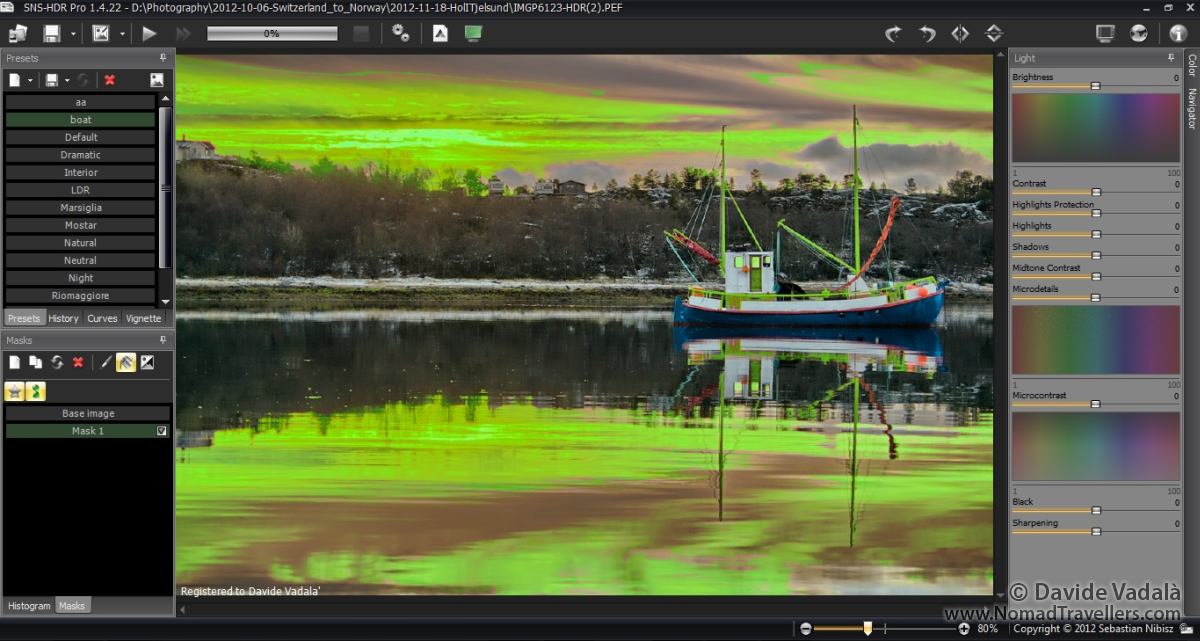

- #Sns hdr tutorial software#
- #Sns hdr tutorial iso#
Once you have all the photos you need, use the best HDR software to merge all images and v oilà! What can HDR software do?
#Sns hdr tutorial iso#
Set the lowest ISO you can to avoid noise. Adjust the exposure just using the shutter speed. Take at least three photos: one underexposed, one overexposed, and one right in the middle of the exposure meter. Shoot RAW so you can have more data to work with later. That will make it easier to align the images in post-processing. Here are some tips to achieve the best results: Because of that, it is always best to take the photos separately and blend them using HDR software. However, you won’t have that much control over the final image. Some cameras have an automatic bracketing function so you can get an HDR image in-camera. By doing this, you will get a wide range of highlights and shadows, and you’ll see more detail in between. To create an HDR image, you will have to merge multiple takes of the same photo at different exposures. In these cases, you need more than a powerful sensor to capture details, textures, and colors in all parts of the photo. When we talk about a high dynamic range, we mean there are very bright and very dark areas in the same scene. Film cameras generally had a larger dynamic range than modern digital cameras. In short, dynamic range is the distance between the darkest and brightest areas of a scene that a camera sensor can capture. You can check out our post here on What is Exposure Triangle for more details. That happens because our cameras have a limited dynamic range. The problem is that if you try to set the right exposure for the inside, everything outside the window will be overexposed. You want to show all the objects inside but also the scenery outside. You will either lose detail on shadows or highlights- and it is really frustrating.įor example, let’s assume you want to take a picture in a room with an open window in the background. So, there will be complex lighting situations where it will be impossible to get the perfect exposure in a single photo. This technique is widely popular among landscape, real estate, and architecture photographers.įirst of all, keep in mind that our cameras can’t see the world the way our eyes do. That way, you can get a balanced exposure in high-contrast scenes. 
High dynamic range (HDR) photography is a technique to expand the range of highlights and shadows in a photo by blending multiple exposures. Top 7 Best HDR Software for Photographers.So how it ended? Below 50% 50% export (size and quality) and 100% 100% crop. Still combining 40 ISO 100 RAW give you noise as low as ISO 100/40 = 2,5. 10 exposure bracketing is also for noise reduction (K1 allow you to 5 auto bracketing so I just shit exposure compensation -2/3ev after first burst. monochromatic light source ultra easy blow RGGB subpixels of sensor. LED RGB lights (GRB Amber in my case) are not as easy to work with. still exif is unproper but hey I've got what I need.Īnd back to bracketing. As camera almost not move at every shots it give good end product.Īs all 4 EXR had exact size they merge with aligment very nicely. And time spended to check files.Īfter many trials and errors (including over 1h save of stack of 40 pictures for export stacket files paritaly)Ĥx 10xTIFF stack to HDR Without aligning. Thanks All Media Lab, for clue with different size of jpg. Load these five (or ten) files into an HDR stack and merge. Repeat this for quartets with lesser exposures (ten if you insist, but five would do).

The blending mode is up to you, but I found that minimum gave the best results.įlatten the stack and export as a 16-bit tiff. Take the four maximally exposed images (one from each lighting scenario). I wonder if an alternative approach might be appropriate: Or do you have more images to try? I have been reading 10 exposure bracketing? In a situation like this 3x to max 5x bracketing will be more then sufficient. To me your images look like they have the same exposure time, but different lightning with LEDS on different spots of the total space. The size of your example images is not the same! I had a look in Photomatix.







 0 kommentar(er)
0 kommentar(er)
